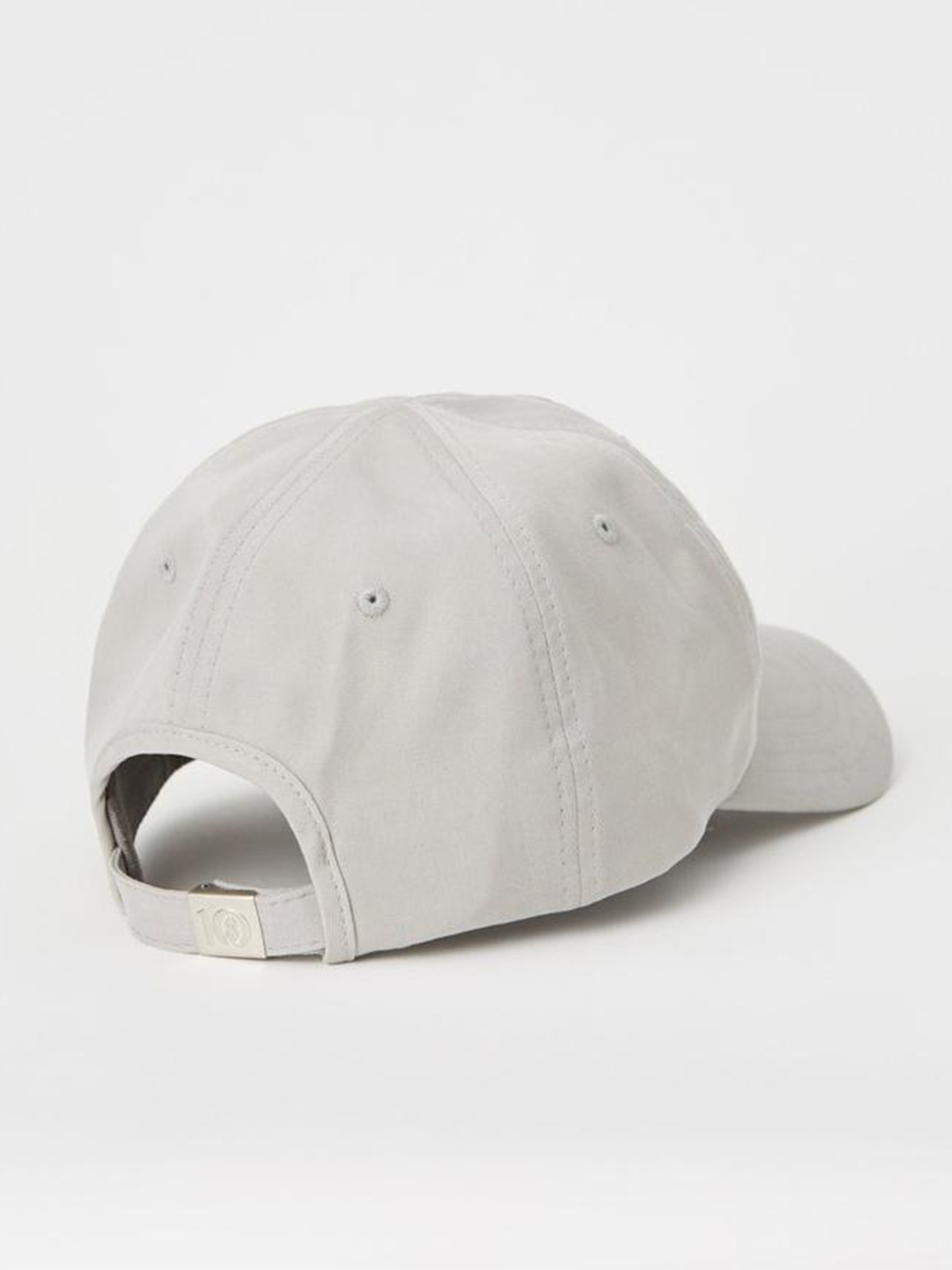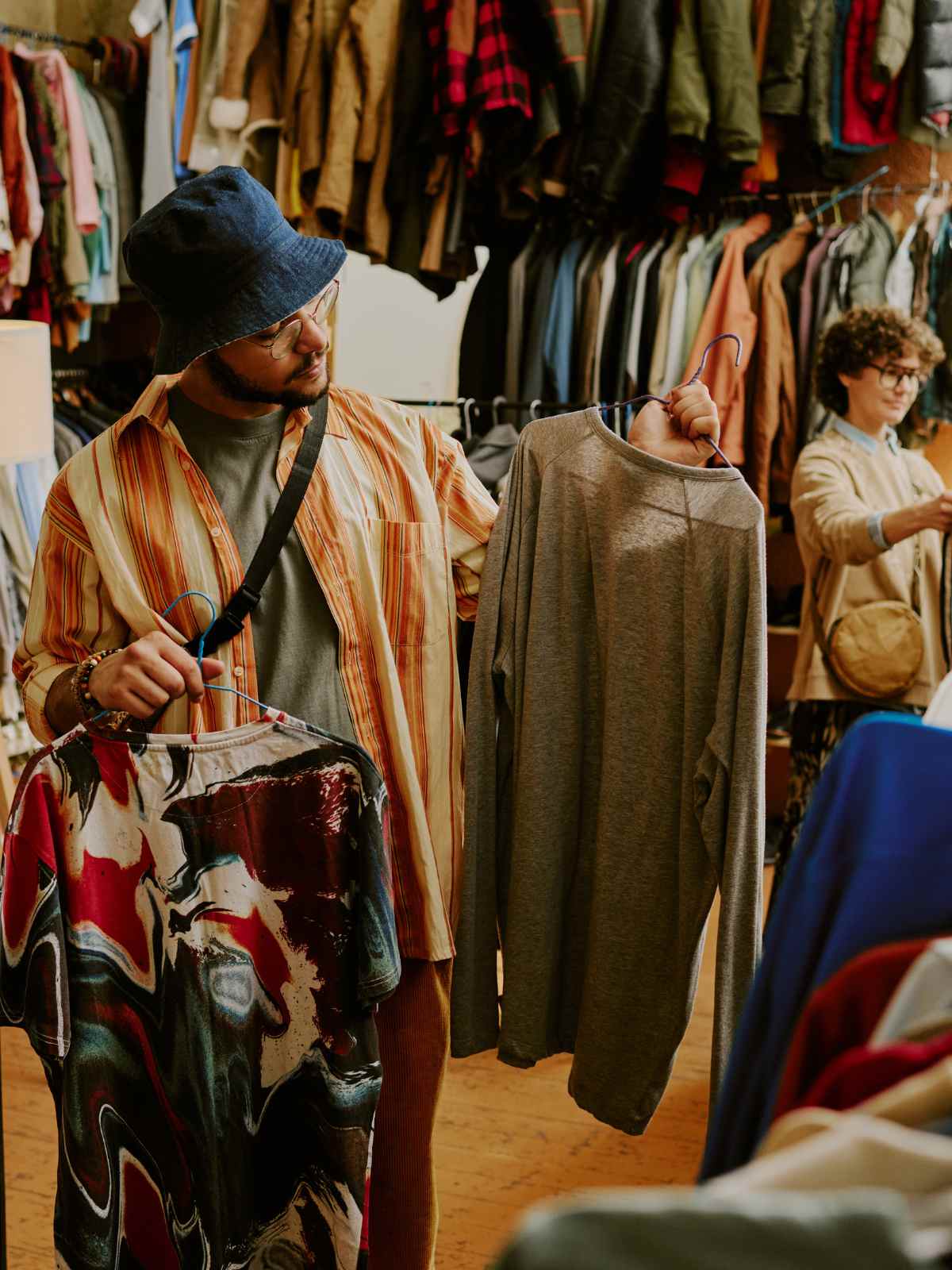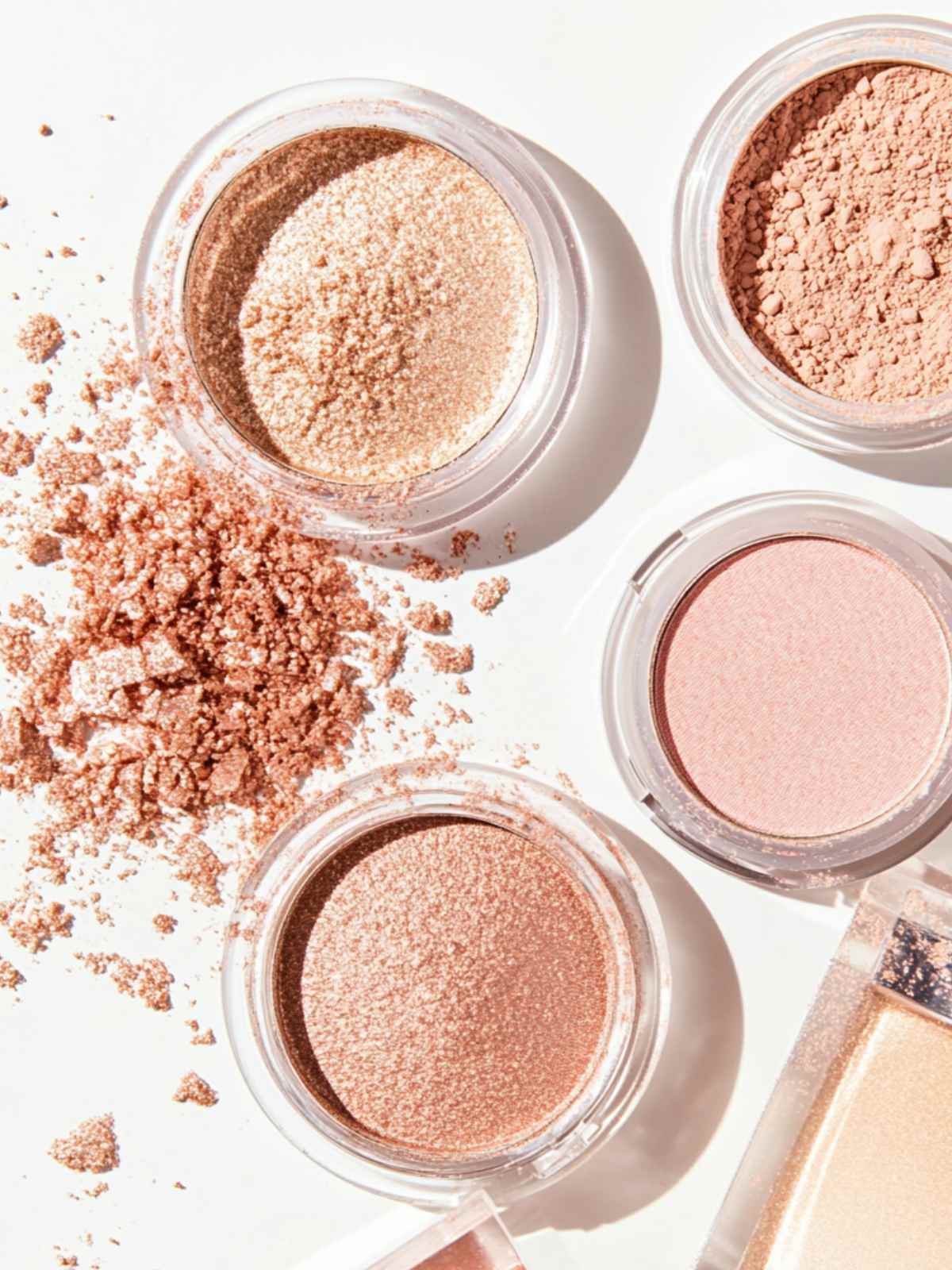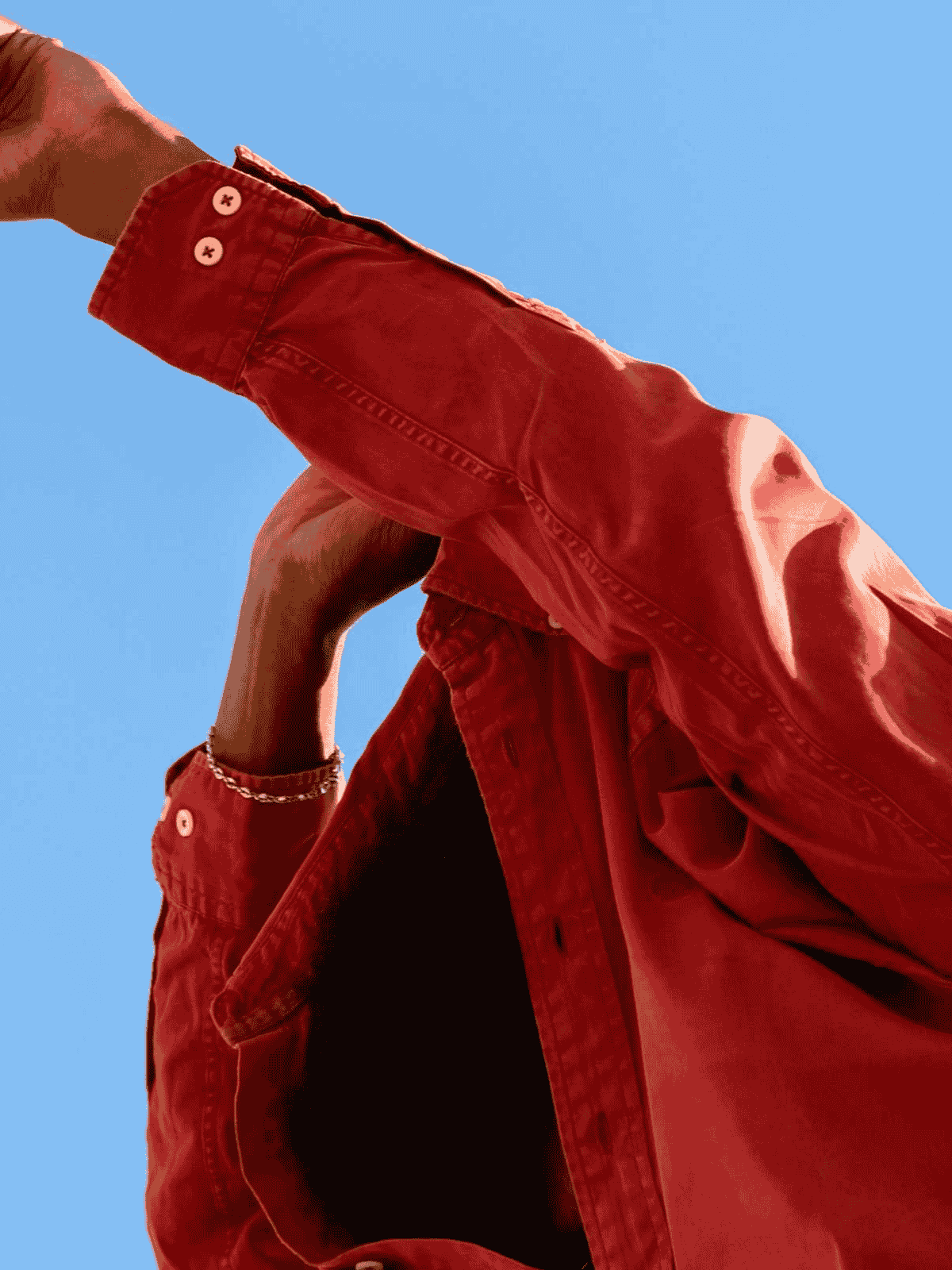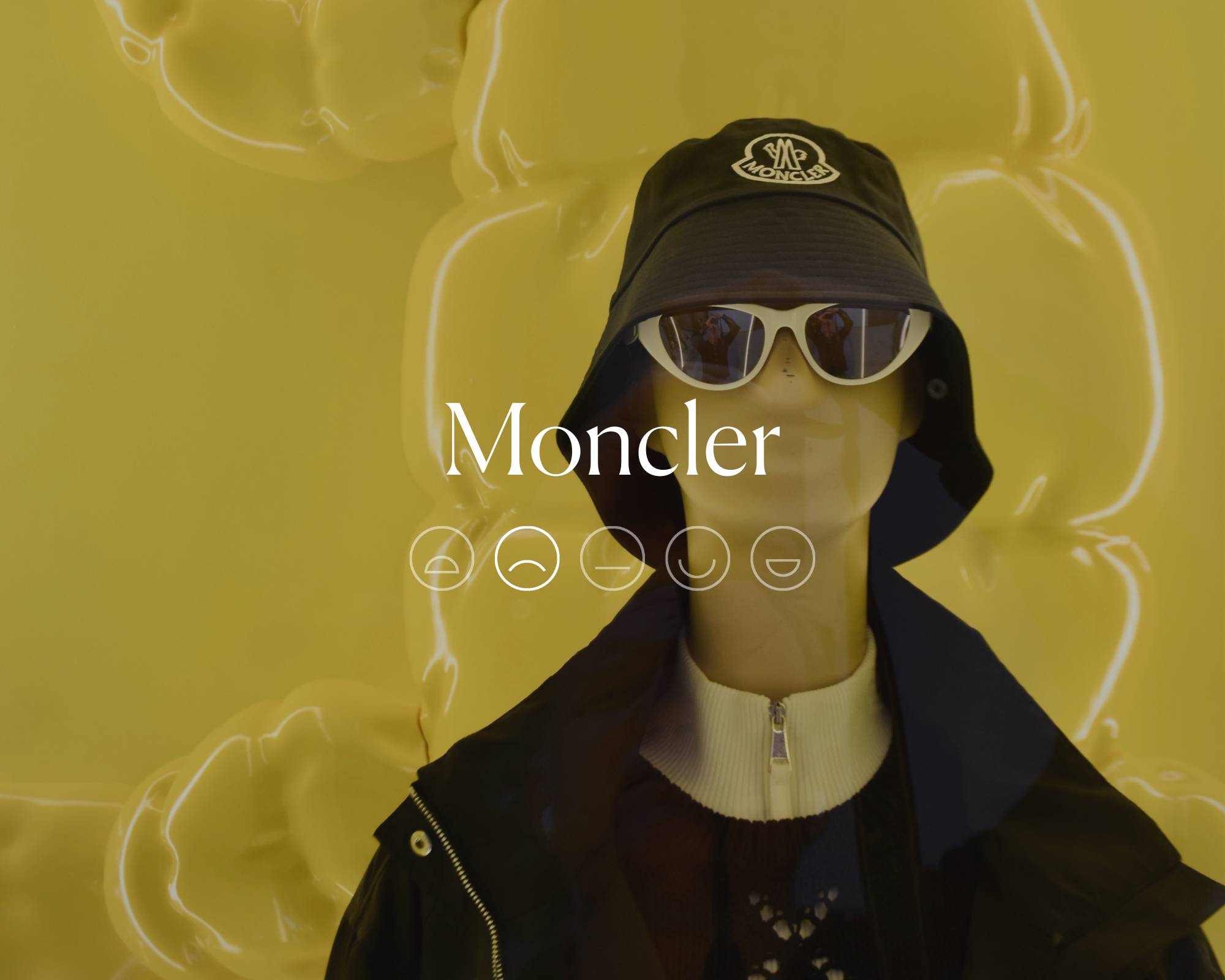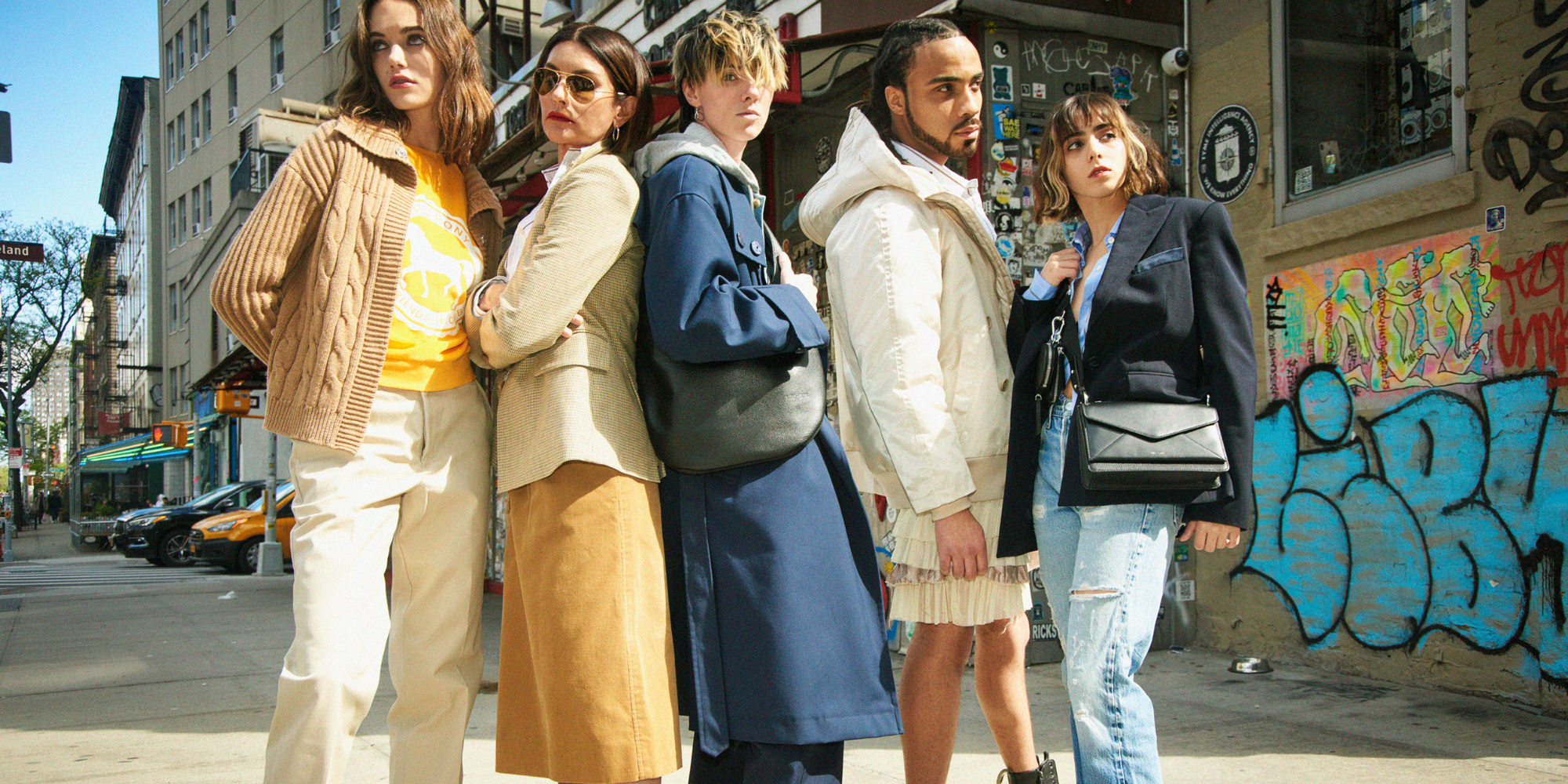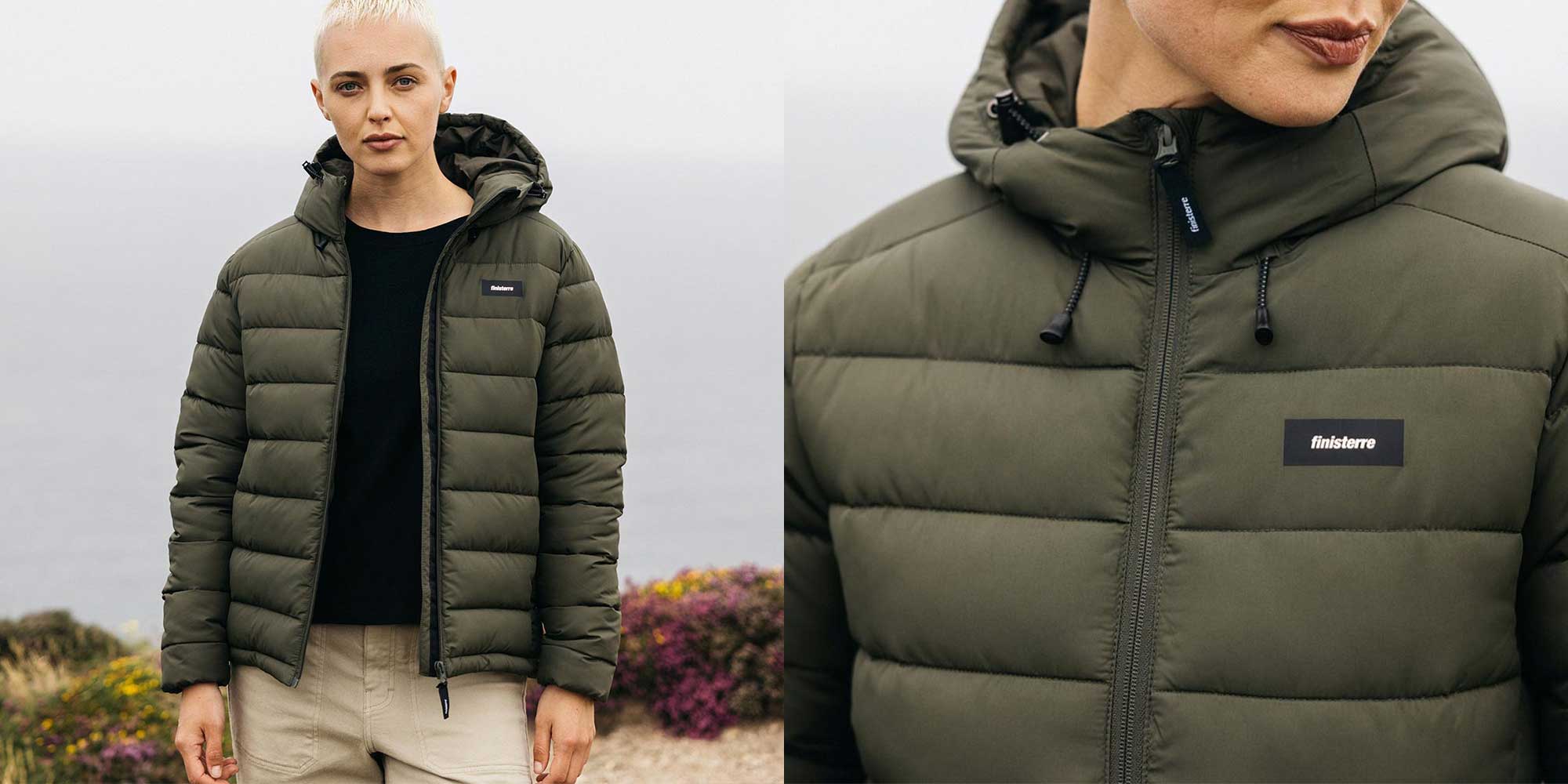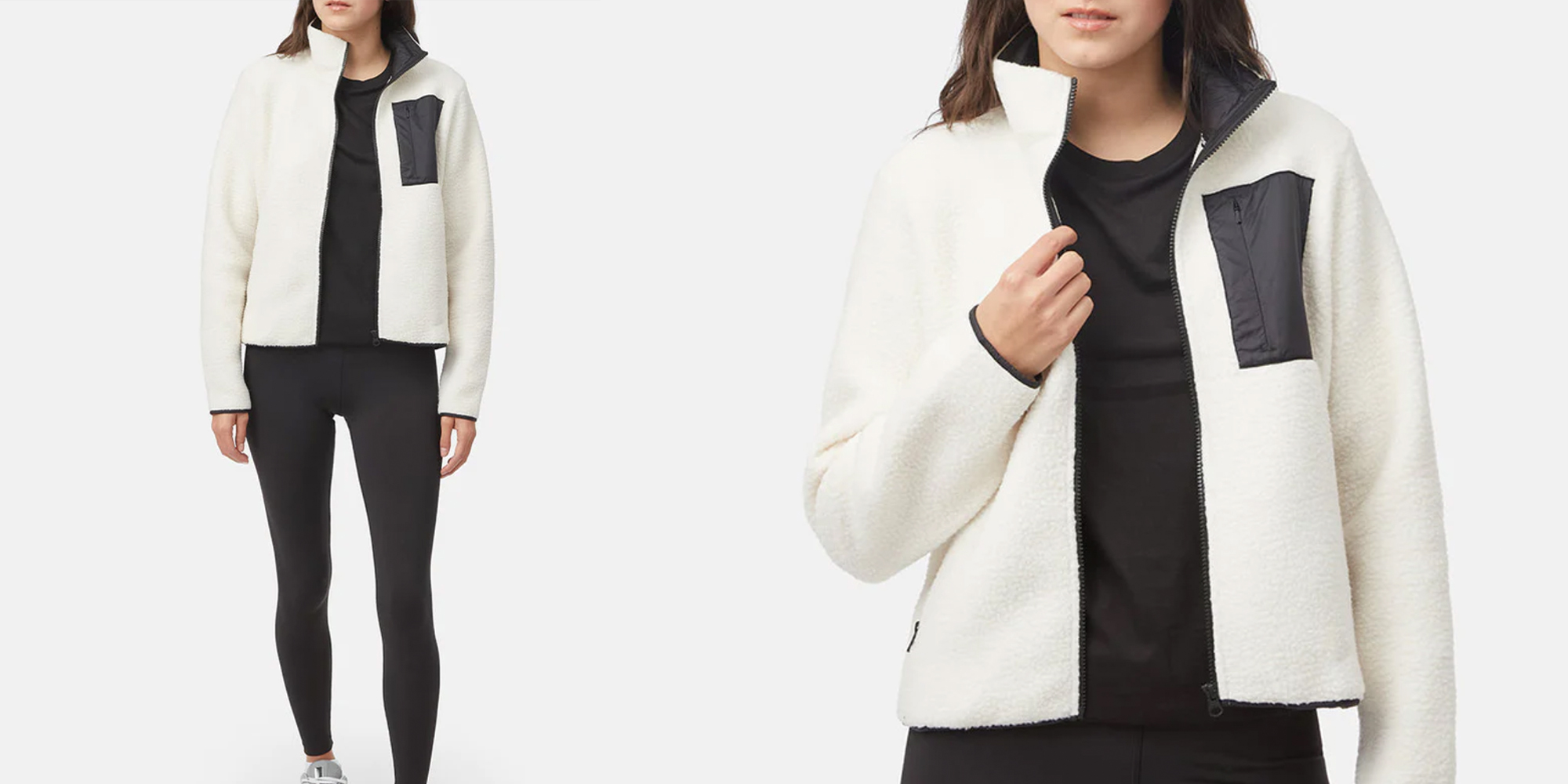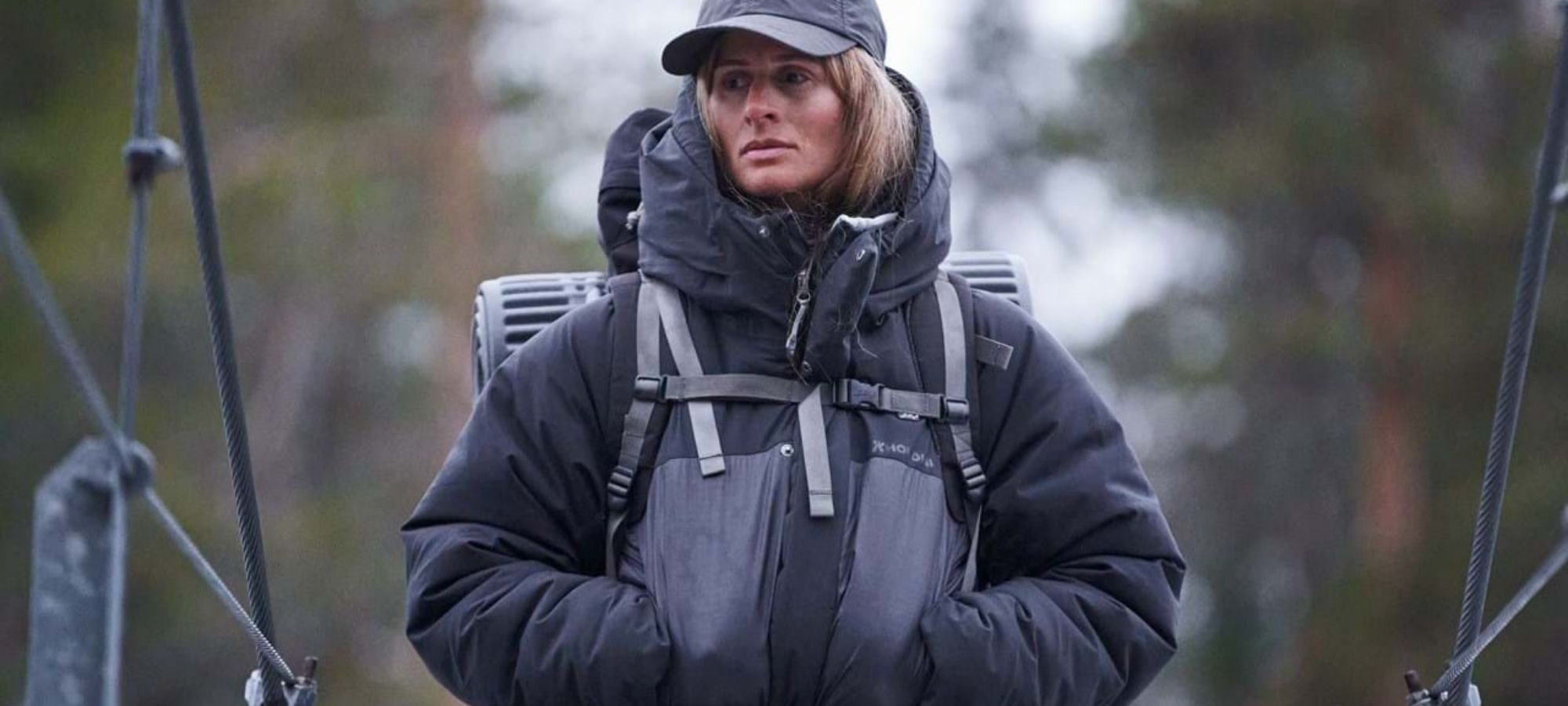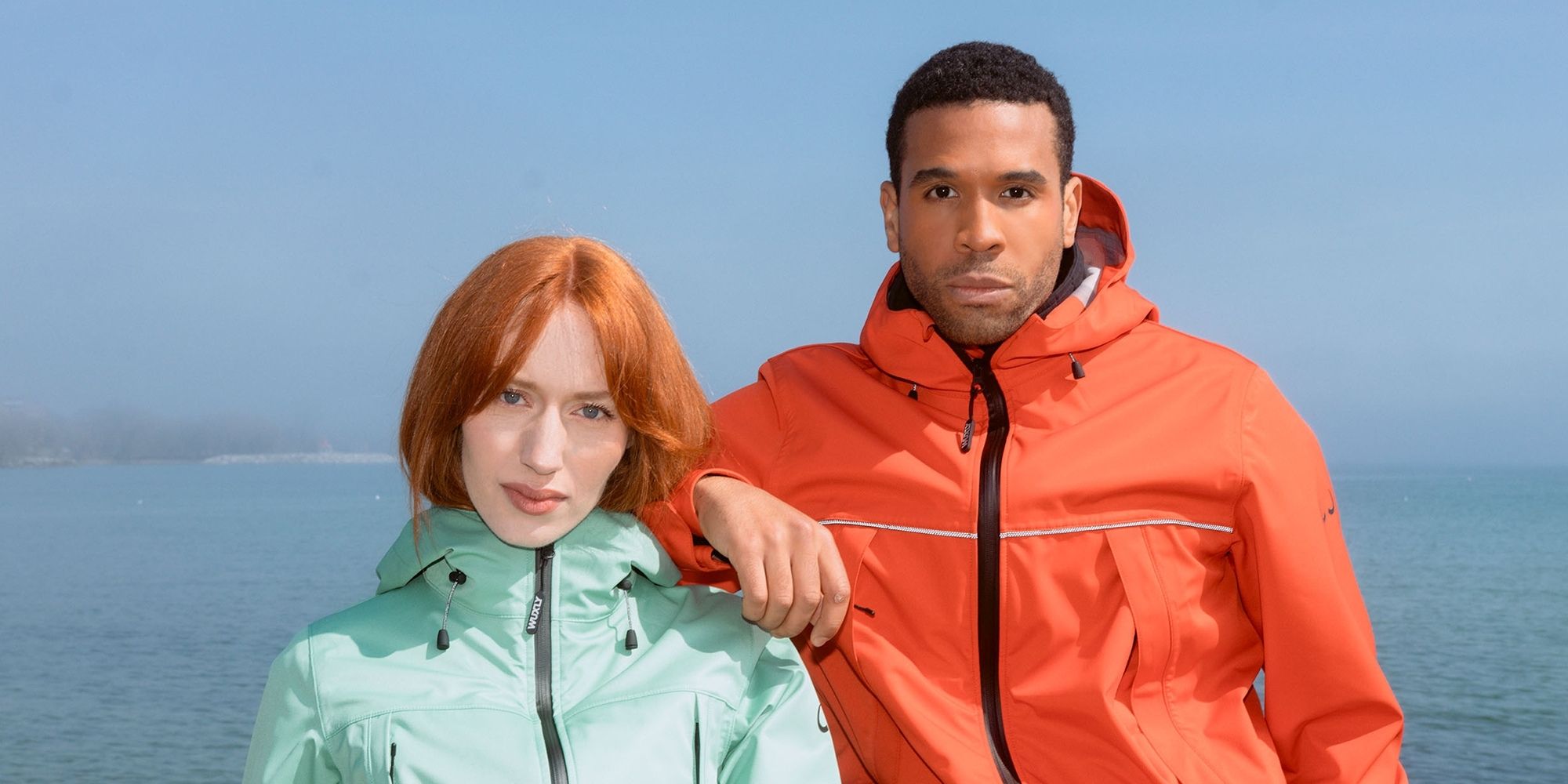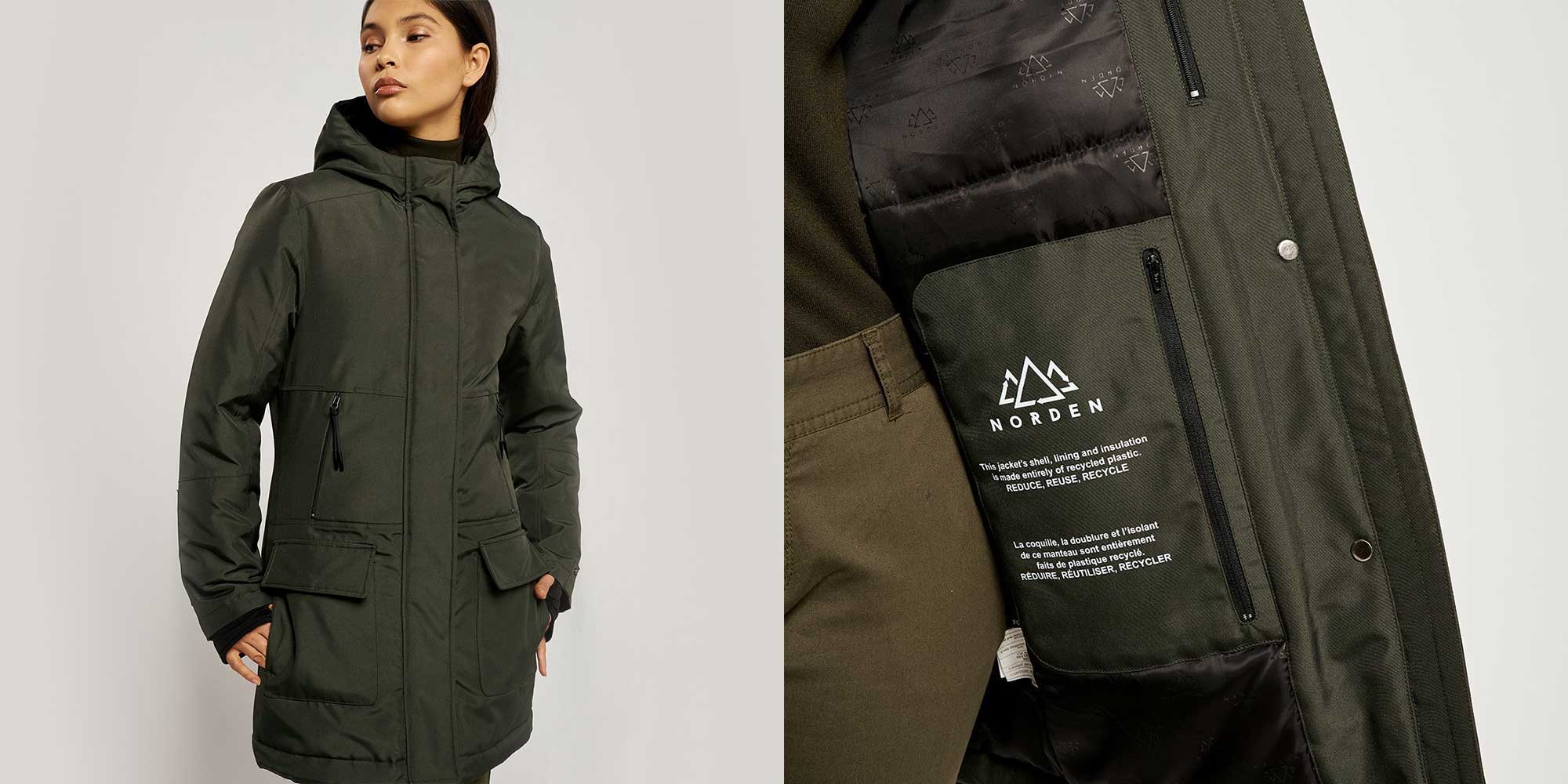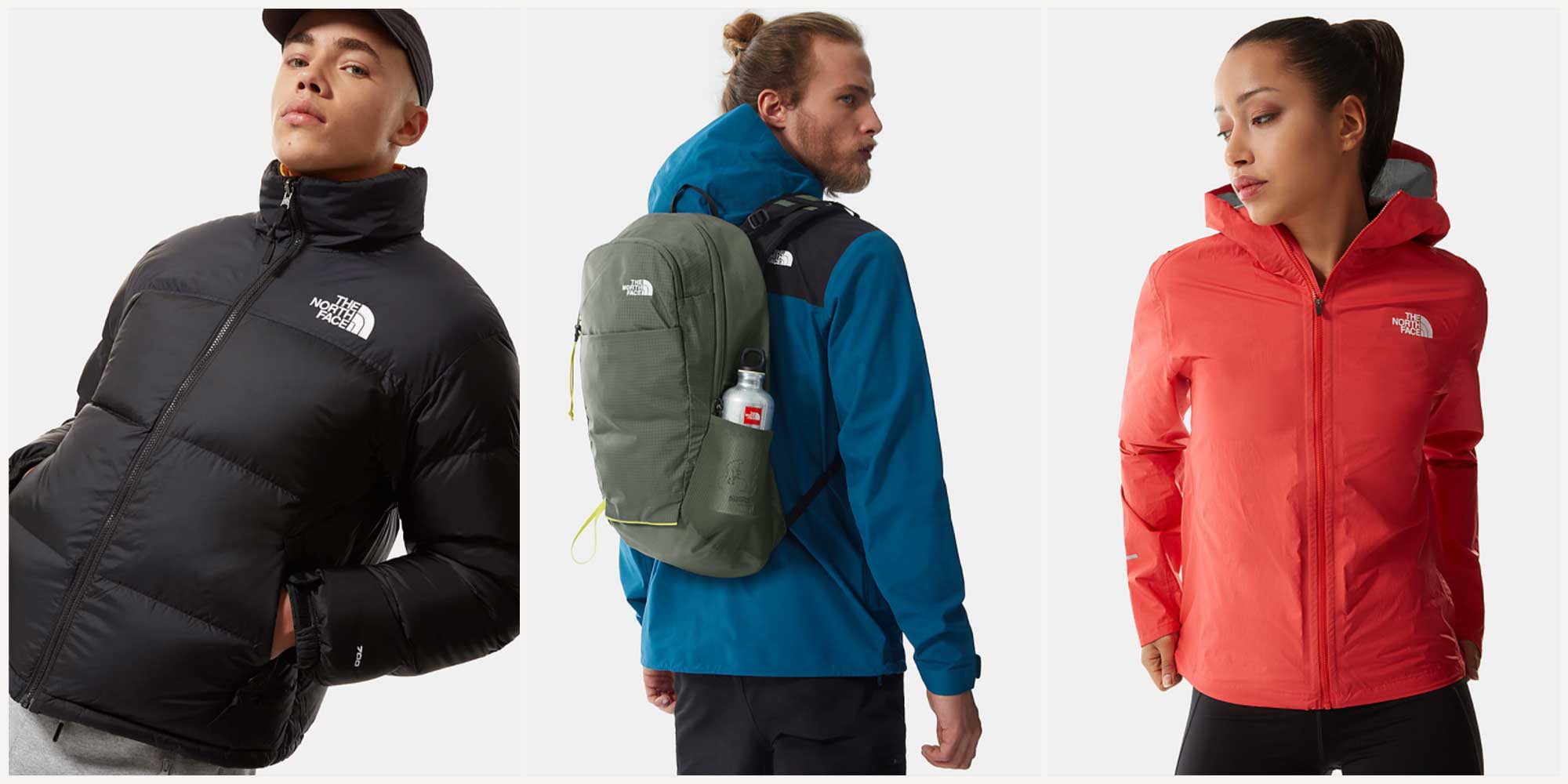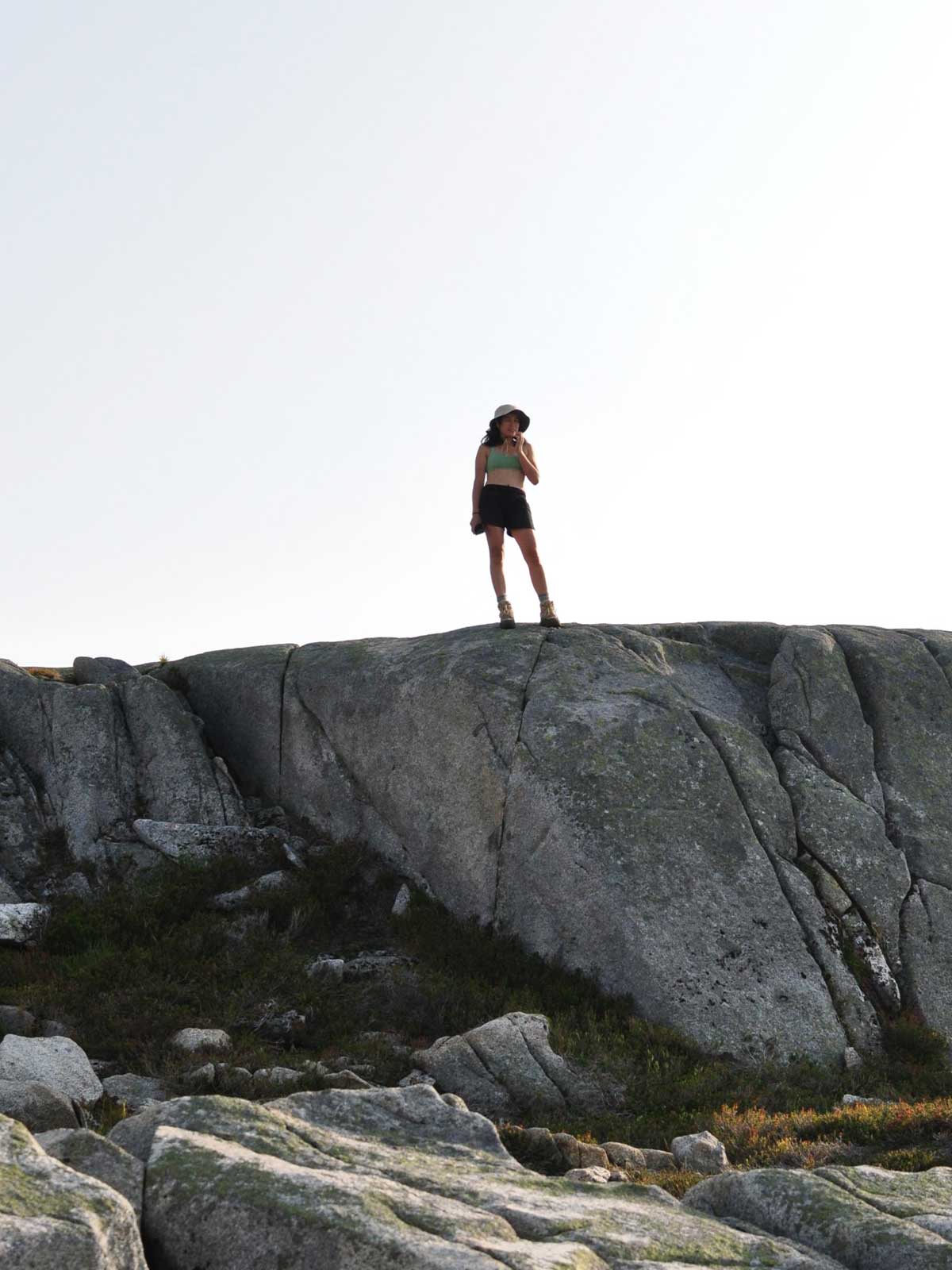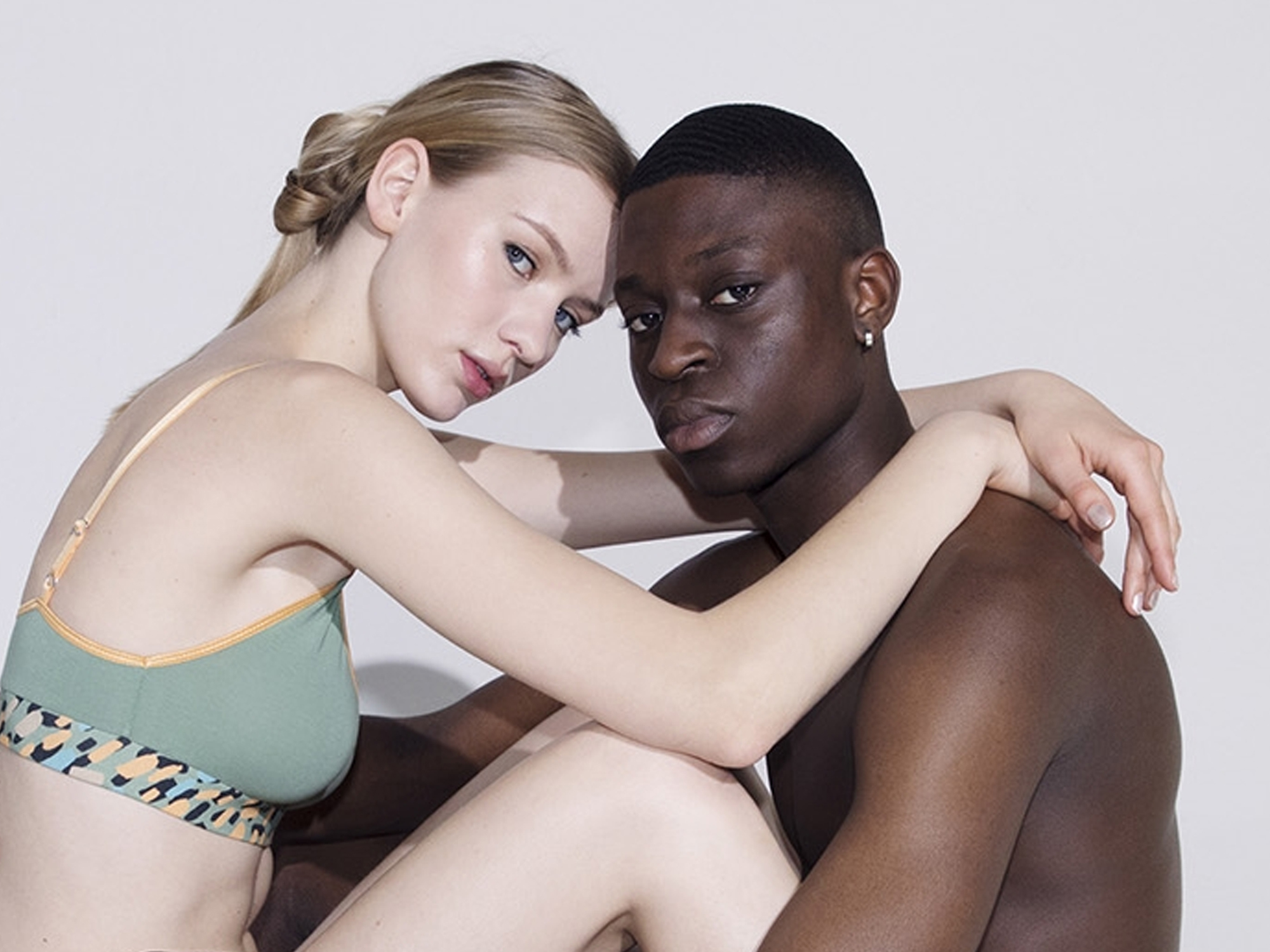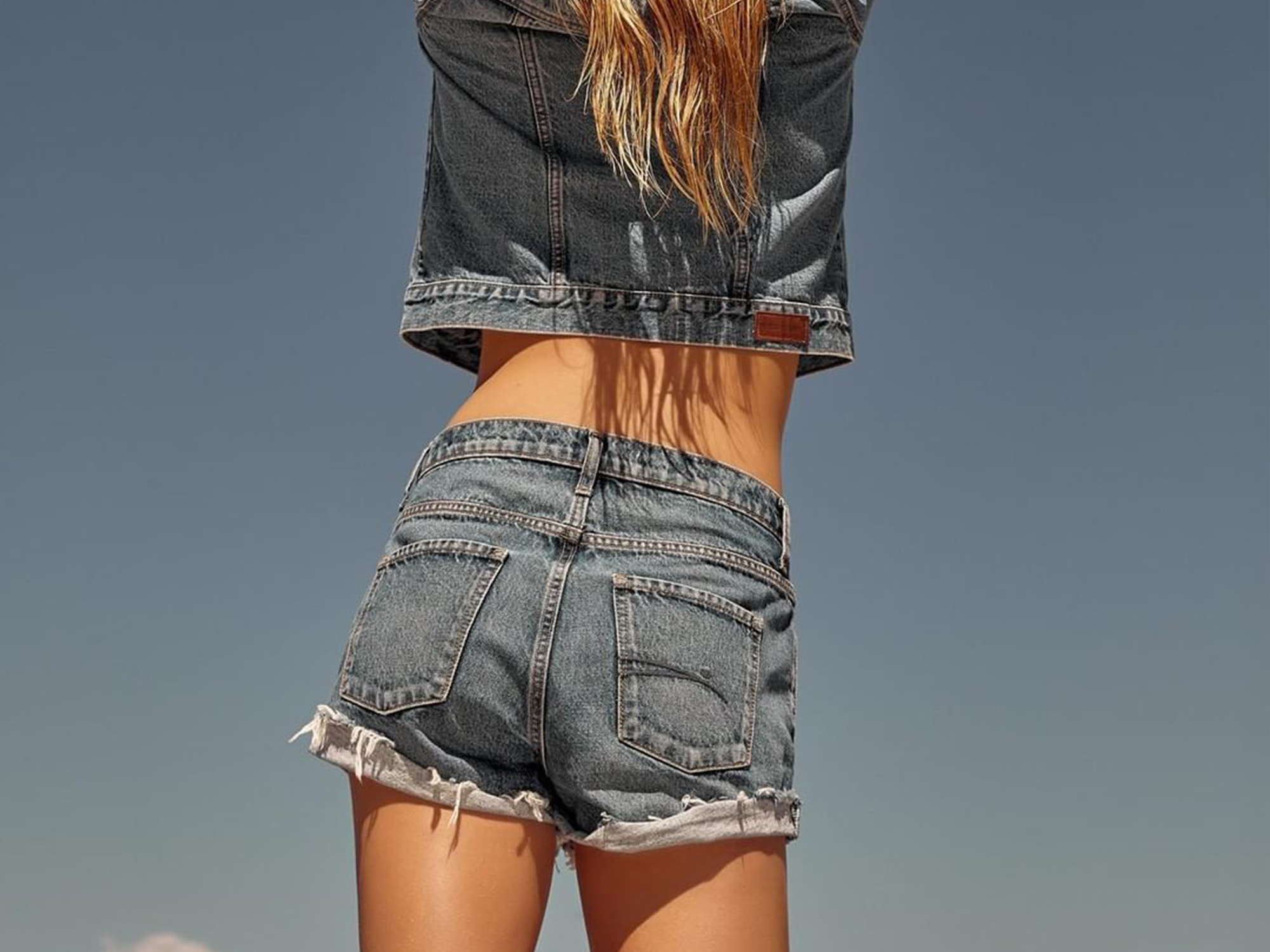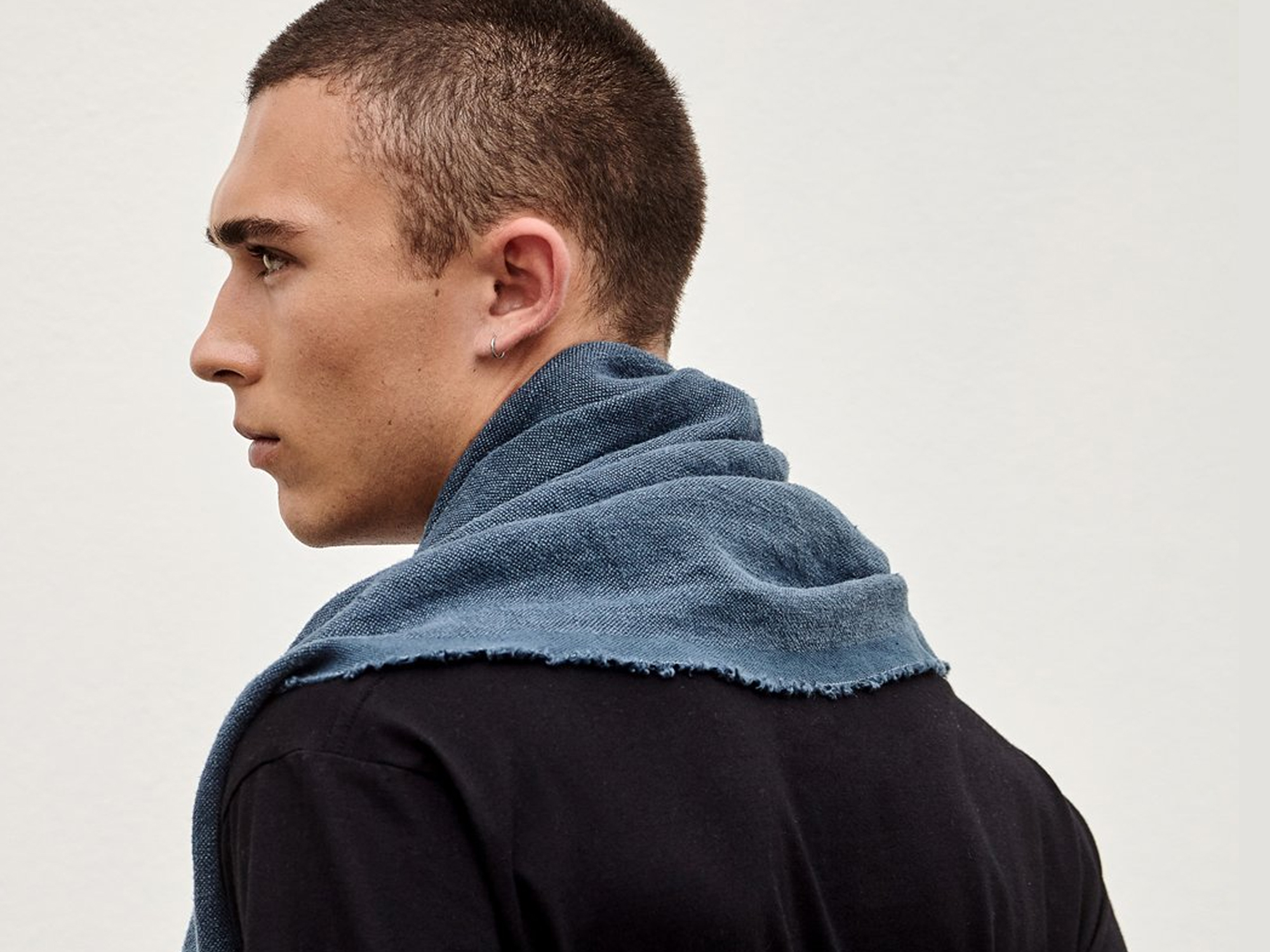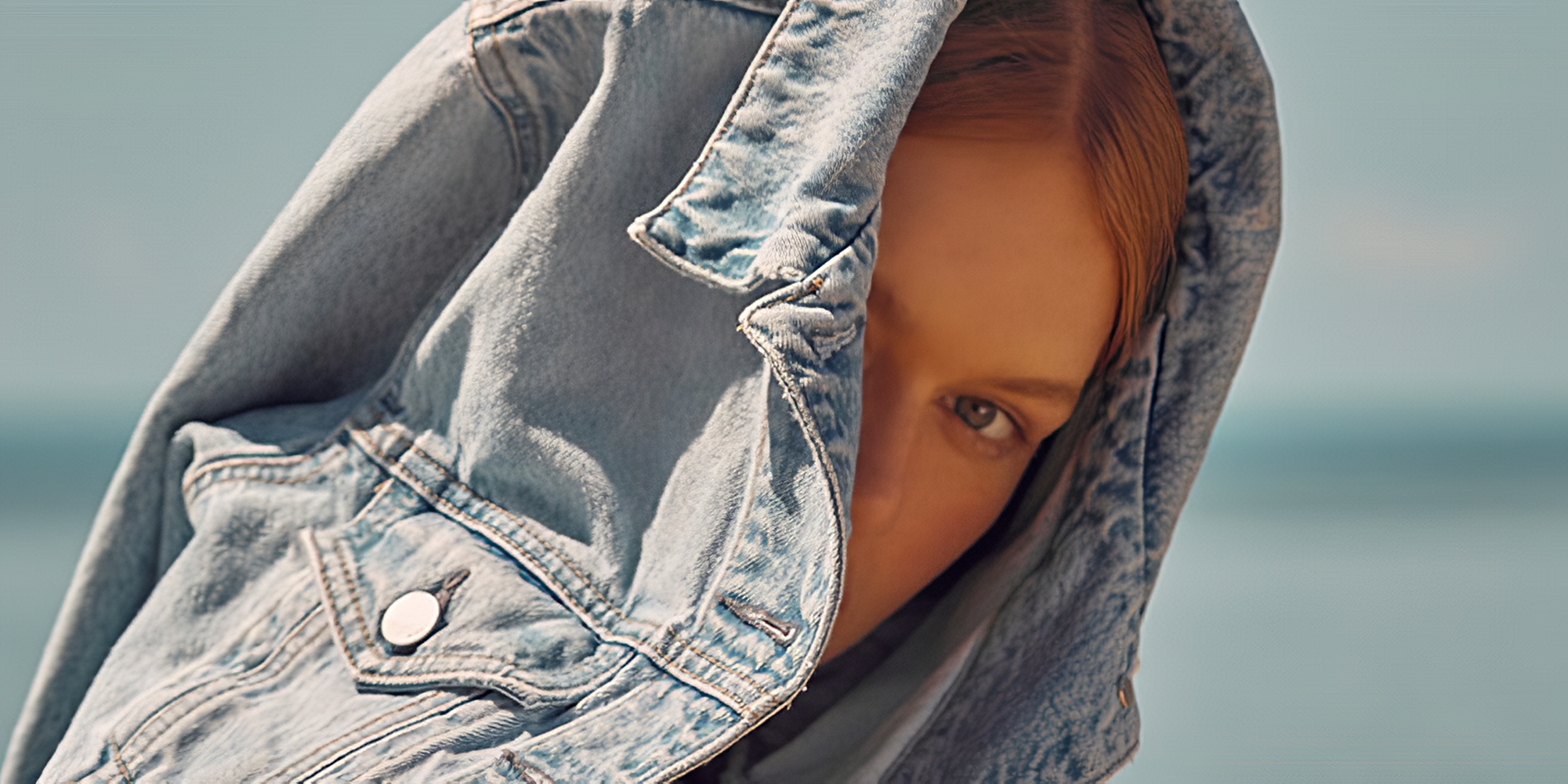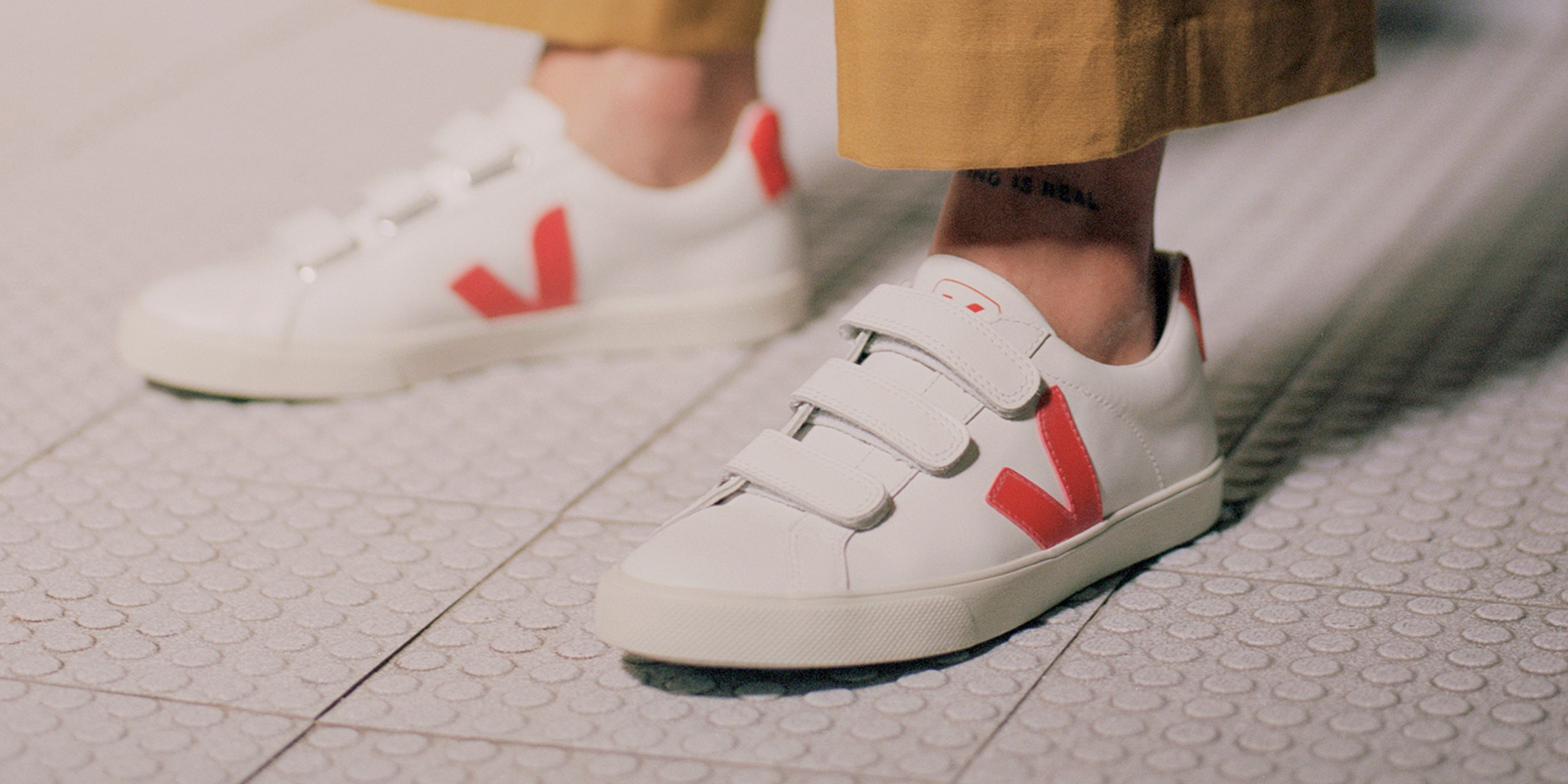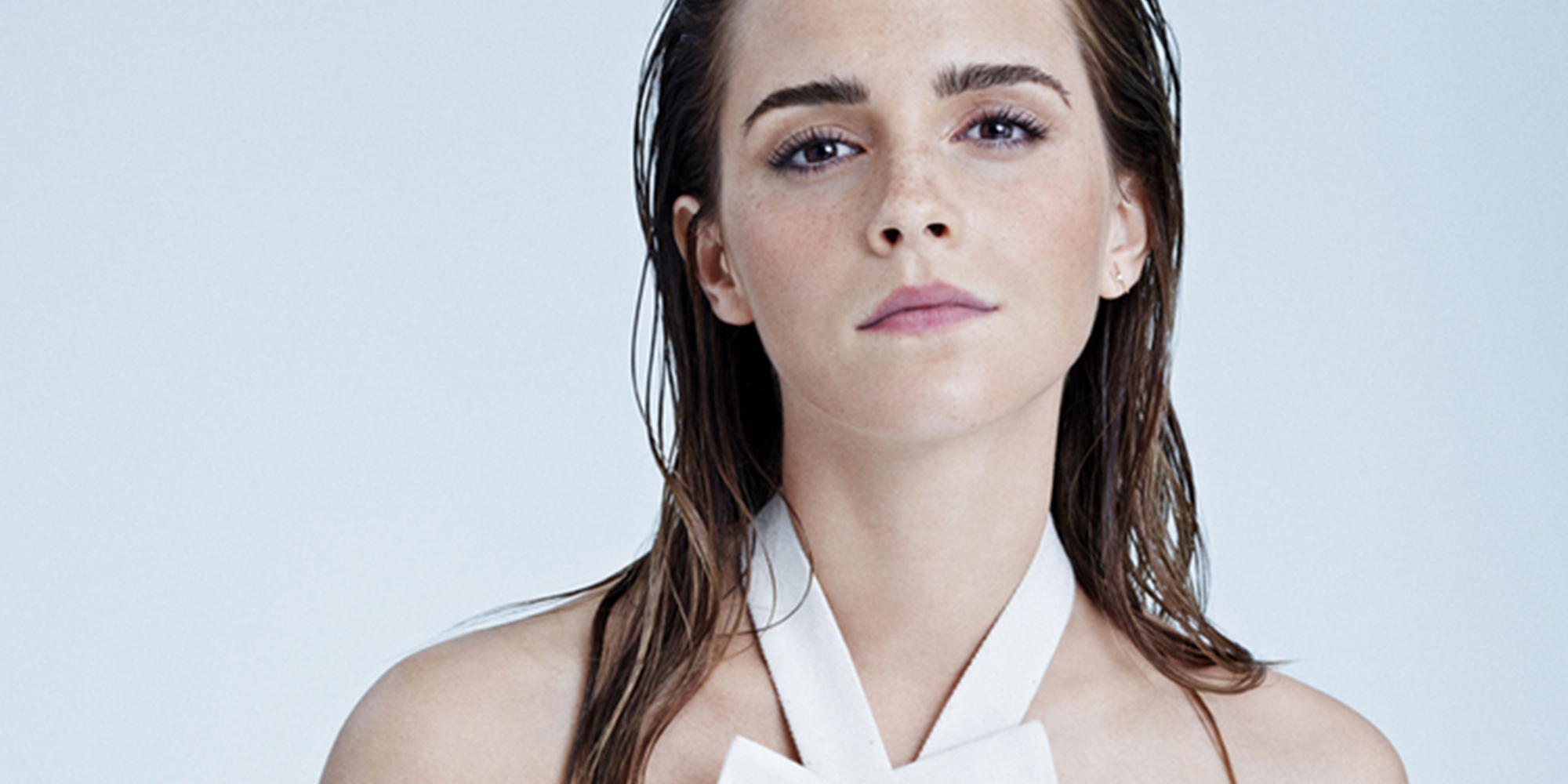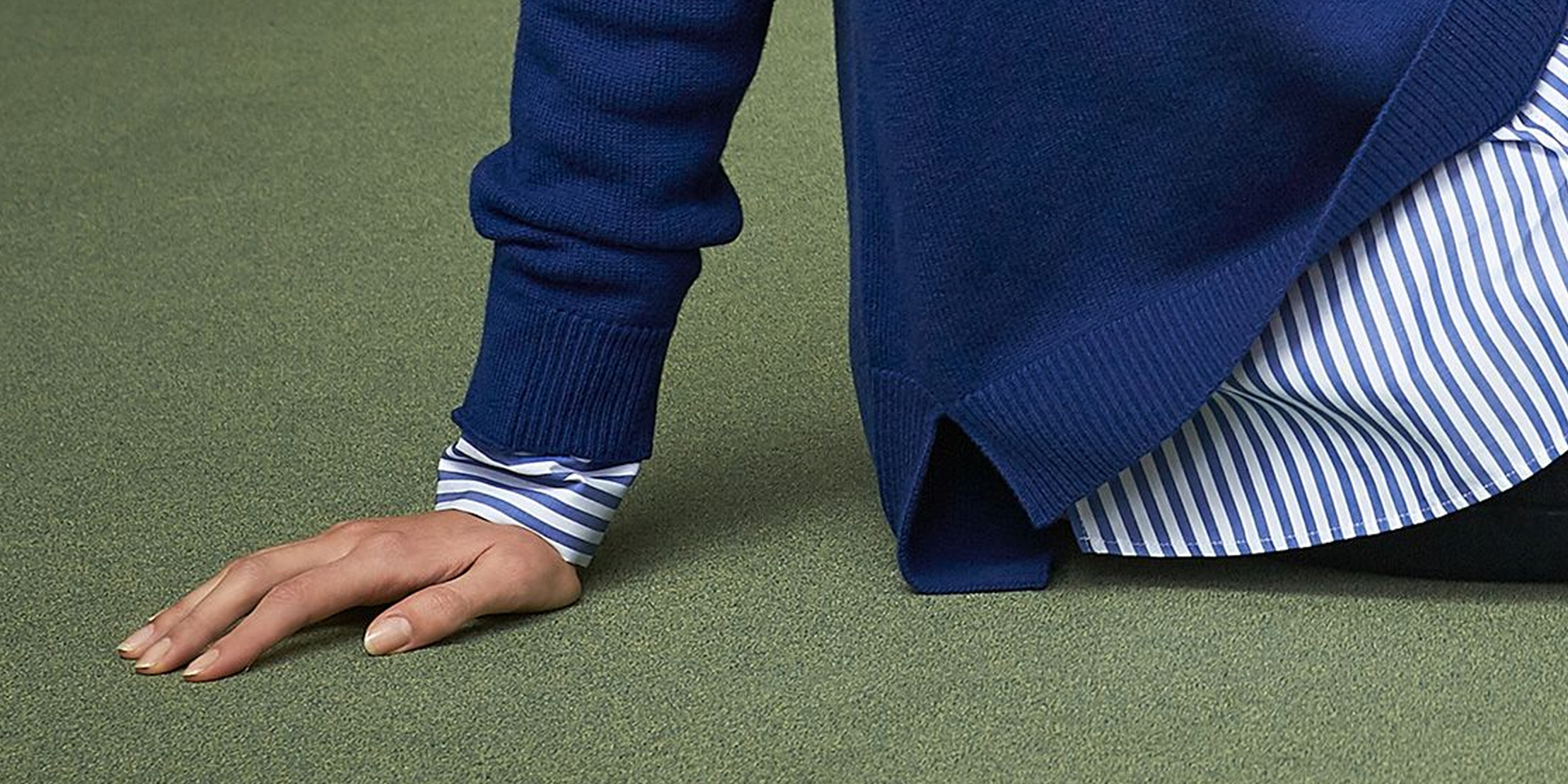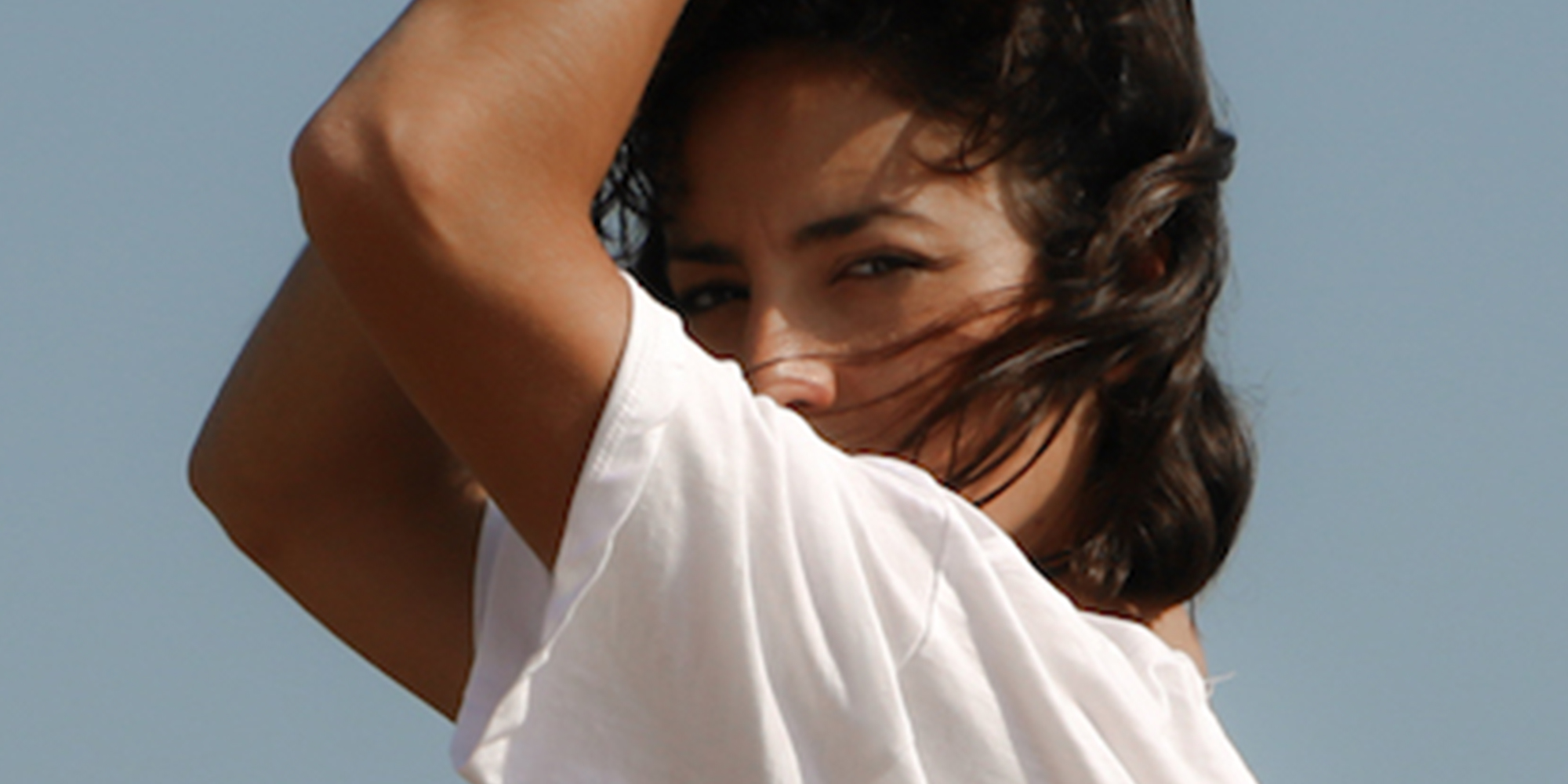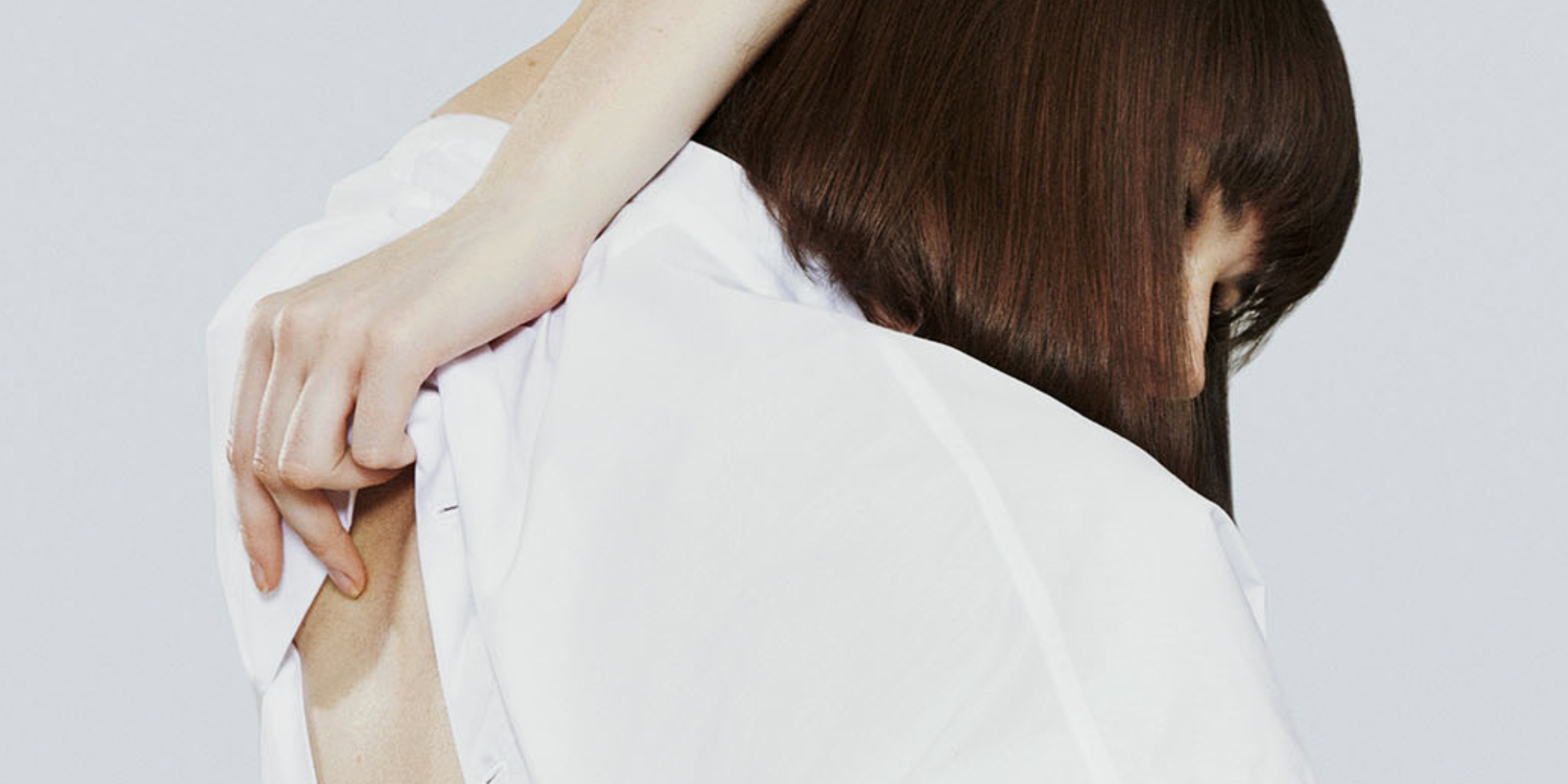Our editors curate highly rated brands that are first assessed by our rigorous ratings system. Buying through our links may earn us a commission—supporting the work we do. Learn more.
Renowned for its iconic winter wear, Moncler has carved a lasting presence in the luxury fashion industry. Sadly, its impact on people, the planet, and animals is not as chic, and we rate the brand “Not Good Enough” overall. Keep reading to learn more about Moncler’s rating. This article is based on the Moncler rating published in May 2023 and may not reflect claims the brand has made since then. Our ratings analysts are constantly rerating the thousands of brands you can check on our directory.
Moncler’s not doing enough for people, the planet, and animals
Founded in 1952 by René Ramillon and André Vincent in the French Alps, Moncler initially crafted sturdy outdoor gear designed to withstand the harshest winter conditions. Over the decades, Moncler’s signature puffer jackets have evolved from functional mountain gear into highly sought-after fashion statements. These iconic quilted jackets, adorned with the distinctive red, white, and blue logo, have been gracing the shoulders of celebrities and fashionistas alike, making Moncler synonymous with cold weather opulence.
However, in an era where fashion brands are under increasing scrutiny for their environmental, labour, and animal welfare practices, we must ask: how ethical is Moncler?
Can a brand renowned for its luxurious winter wear also be a responsible steward of the planet, championing workers’ rights and ensuring the welfare of animals? Let’s have a look.
Environmental impact
We rate Moncler “It’s a Start” for its environmental impact. The brand has been making some progress, including using lower-impact materials (the brand claims more than 15% of the nylon used in its SS and FW 2022 collections were made of recycled materials) and recycling some of its textile offcuts. Moncler has also set a science-based target to reduce greenhouse gas emissions in both its direct operations and supply chain, and it claims it’s on track to meet its targets. But unfortunately, we found no evidence of Moncler taking meaningful action to reduce water use.
Labour conditions
Moncler is doing a bit worse when it comes to its impact on people and has received a score of “Not Good Enough”.
The brand is not as transparent as it should be—and although it received a score of 21-30% in the 2023 Fashion Transparency Index, up from 11-20% in 2022—there is still a long way to go. Consumers have a right to know how Moncler’s practices impact the issues they care about. Transparency is the first step towards sustainability and accountability.
What’s more, little of Moncler’s supply chain is certified by crucial labour standards that help ensure worker health and safety, and other rights. We also found no evidence it supports diversity and inclusion in its supply chain.
More worryingly, we found no evidence to suggest Moncler ensures workers are paid living wages in its supply chain. All workers in the fashion industry deserve to be paid enough to live a life of safety, health, and dignity. Transparent and verifiable methodologies, such as those used by organisations like The Asia Floor Wage Alliance and the Global Living Wage Coalition, can provide guidance on calculating minimum living wages.
Animal welfare
Finally, Moncler also rates “Not Good Enough” for its impact on animals. While the brand has published a general statement about minimising animal suffering, it does not have a formal animal welfare policy. It traces some animal-derived materials to the first production stage. Traceability is crucial to ensuring that animal welfare standards are upheld and that materials are sourced more responsibly.
In January 2022, Moncler committed to going fur-free, and the brand doesn’t appear to use angora or exotic animal skin either. However, it still uses leather, wool, exotic animal hair, and some recycled down in its products.
Overall rating: ‘Not Good Enough’
Overall, we rate Moncler “Not Good Enough”. Although the brand has taken some positive steps in the right direction, such as using lower-impact materials and setting a science-based target to reduce greenhouse gas emissions, unfortunately, it’s not enough for us to give the brand a higher rating. The brand should amp up its efforts to reduce its impact on people, the planet, and animals by using a higher proportion of more responsible materials, reducing its reliance on animal-derived fabrics, and most importantly, ensuring the workers in its supply chain are paid and treated fairly.
Note that Good On You ratings consider hundreds of issues, and it is not possible to list every relevant issue in a summary of the brand’s performance. For more information, see our How We Rate page and our FAQs.
If you like Moncler’s outerwear and alpine vibes but don’t fancy the negative impacts on people, the planet, and animals, we found better alternatives to help out.
Good swaps
“Good” and “Great” alternatives to Moncler.
